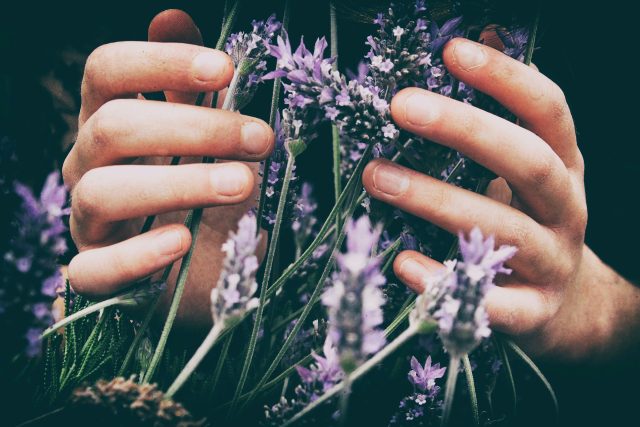RAIN for Mindful Well-Being
By: Other | March 1, 2019

Written by Haim Shemer, Psy.D.
I had the fortune to partake of a Relational Mindfulness class in which our teacher introduced an acronym called “RAIN.” RAIN is a mindful technique used to manage challenging feelings.
Taken from the teachings of psychologist, author, and meditation teacher, Dr. Tara Brach, RAIN stands for:
R – Recognize what is happening
A – Allow life to be just as it is
I – Investigate inner experience with kindness
N – Nurture
In a nutshell, RAIN helps us connect more with moment-to-moment living and away from avoidance and resistance. RAIN helps undo our unconscious patterns as well as our tendency toward the unworthiness that follows us throughout our lives. Our own attempts to control our lives are guided by such unconscious patterns and feelings of unworthiness. Yet, the more we try to control the life around us, the more we cut our own lives off from true moment-to-moment experiences. I found RAIN a powerful and practical tool for my personal use as well as in my practice. The specifics of each stage in RAIN follow.
Recognize what is happening
This stage turns you inside to bring awareness to the feelings, emotions, thoughts, and sensations you are experiencing right here and now. We ask ourselves: “What is happening inside me right now?” We want to be curious about the connection between our thoughts, emotions and our body sensations. For example, we might become aware of worrisome thoughts and focus on them initially but then we are taught to make a connection with bodily sensations, such as jitters, increased heart rate, and muscle tension, that suggest we are anxious. When we truly listen to the present experiences of our mind and body, we begin to let go of those preconceived ideas we cling to so often.
Allow life to be just as it is
Allowing is intrinsic to healing. As a practice, allowing leads us to “let it be” moments. Because negative or challenging feelings are hard to contain, they can lead to aversion driving the desire to have the “bad feelings” go away in order to feel better. As we develop the practice of allowing, we become more comfortable with “what is.” We cease trying to change our present moment experiences. The more we allow what’s happening to happen the more we deepen our present moment experience. The shift moves us from putting up with unpleasant emotions to welcoming them with full consent. Dr. Brach found that many students benefit from whispering encouraging words to themselves such as “yes” or “I consent” as a way to allow challenging feelings more willingly.
Investigate with kindness
In this phase, we allow ourselves to bring curiosity to our present experience. By investigating our experience, we gather pertinent information about our thoughts, emotions, and sensations, the connection between them, and bring consciousness to unconscious beliefs ingrained deep inside us. The more we investigate the source of our own suffering the more compassion we invite toward ourselves and others. Realizing the true pain we carry within us can liberate us from that pain. An important part of this phase is to offer care and compassion to one’s heart once the sources of suffering have been investigated.
Nurture
I find this practice both fascinating and challenging: fascinating, in that who we are is not defined by how we feel at any point in time; challenging, in that we should not fuse our sense of self with the limiting emotions and sensations that we experience. Yet we find that we often do identify ourselves (and others) by our emotions and that this fusion takes us away from our true sense of self. By dissociating our emotions and sensations from self we move a step closer to experiencing the wholeness of our being, our existence.
We all stand to benefit much from present moment living and being. RAIN is but one technique to manage challenging emotions while being present and open. I hope that readers will find it applicable and share this information should they find it helpful.
Image: Tonymadrid Photography on flickr and reproduced under Creative Commons 2.0



